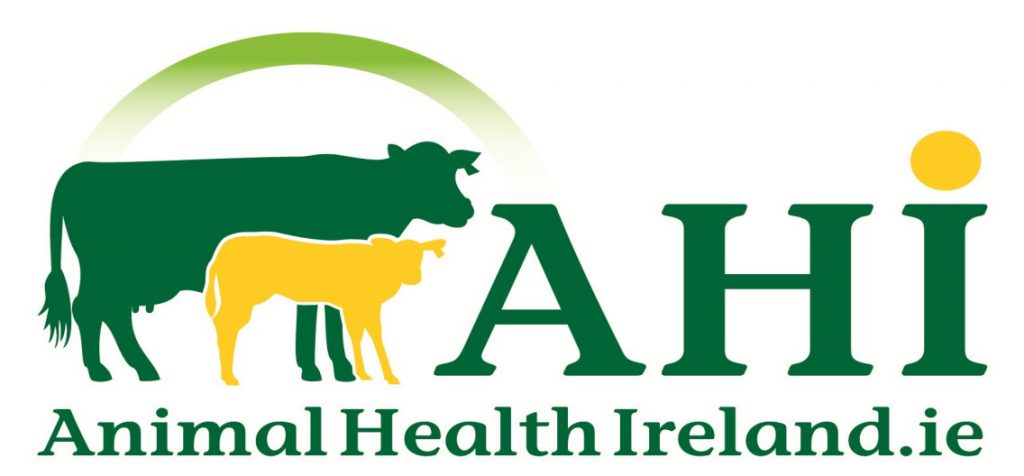One of the common reasons for lack of thrive in young beef cattle at grass is parasitic infection, according to Animal Health Ireland (AHI).
The parasites of importance in this situation are gut worms, lungworm and liver fluke.
The impact of these parasites can be reduced through strategic control measures, which should be planned or implemented early in the grazing season.
Discuss options for parasite control with your veterinary practitioner, in order to select the correct products and the best time to dose.
Monitoring
Monitoring for parasites is vitally important and should form part of an overall herd health plan. Monitoring should include:
- Absence of clinical signs (scour, weight loss and coughing).
- Average daily gain (ADG). Weight gain above 0.7-0.8kg per day in grazing cattle less than 2 years of age indicates a very low risk from gut worms. Ideally use scales but alternatives such as weighbands are available.
- Monitoring body condition score (BCS) in cows.
- Faecal egg counts (FEC). Discuss sampling strategy with your veterinary practitioner.
Gut worms and Lungworms
Beef suckler calves – first grazing season
Beef suckler calves are rarely affected by gut worms early in the grazing season, as they are grazing with their mothers and have low grass (and therefore egg) intake. In addition, a milk-based diet appears to reduce the adverse effects of gut worm infection.
Their greatest risk period is after weaning in late summer and autumn. Moving weaned calves to the cleanest available pasture (on most farms this will be silage after grass) or treating them with a worm dose with persistent action will control gut worms and lungworm during the period from weaning to housing.
Lungworm may cause problems in young beef calves at any stage but coughing due to lungworm is more common in the second half of the grazing season, especially after weaning. Daily observation of calves for coughing is vital for the entire grazing season, as deaths due to lungworm can occur quickly once signs appear.
Treatment with an appropriate anthelmintic is recommended immediately if coughing is heard in calves.
Weaned calves/yearlings – second grazing season
Weaned autumn-born calves and spring-born yearlings in their second grazing season are susceptible to both gut worms and lungworms.
They should be turned out onto the cleanest available pasture – ideally newly reseeded pastures or pastures not grazed by young stock in the last year.
Monitoring weights at turnout and two months after turnout to calculate ADG and conducting FECs two months after turnout will give a good indication of exposure to gut worms and response to any doses used early in the grazing season.
Rather than treating all animals at this time, an alternative is to treat only those with high FEC and/or low ADG and move them onto clean pasture when silage after grass becomes available.
However, if clean grazing is not available, then a group treatment with an anthelmintic is recommended. A further FEC and calculation of ADG will be necessary approximately 6-8 weeks later or sooner if the initial FECs have been high.
A longer interval may be allowed if a product with a persistent action of more than 4 weeks has been used.
Further monitoring will be necessary in the autumn if cattle remain at grass. It is particularly important to ensure that replacement heifers do not receive any setbacks before mating and parasite monitoring and control for this group is vital.
Lungworm can be a problem in the second and subsequent grazing seasons if insufficient immunity has been induced in the first grazing season or if immunity wanes due to a lack of challenge over a long period.
This can occur particularly when there is intensive use of anthelmintic treatments in the first grazing season.
Second grazing season cattle can be vaccinated for lungworm prior to turnout on farms where lungworm in older cattle is a known problem. Any coughing cattle at grass should be immediately dosed.
Heifers, steers and suckler cows-third grazing season
Older heifers and steers will generally have moderate to good immunity to gut worms and also to lungworm if they were infected as calves.
Faecal egg counts and weighing is not as vital in this group as it is for younger cattle, but monitoring for clinical signs and thrive is necessary.
Heifers and steers may require a dose in the second half of the grazing season if clinical signs are evident or weight gain is unsatisfactory.
Doses that are active against gut worms will also cover lungworm. Lungworm is not usually a problem but may be an issue if insufficient immunity has been induced in previous grazing seasons or if immunity wanes.
Vaccination or dosing should be used as appropriate. Suckler cows should have almost complete immunity to gut worms and lungworm but this is dependent on the development and maintenance of adequate immunity in early life.
Adult cattle should be included in a farm’s monitoring programme for parasites. BCS, monitoring for clinical signs and faecal egg counts can be used to monitor beef cows for the effects of parasites.
Suckler cows generally will not require dosing for these parasites during the grazing season.
Rebecca Carroll Assistant Programme Manager, Animal Health Ireland

